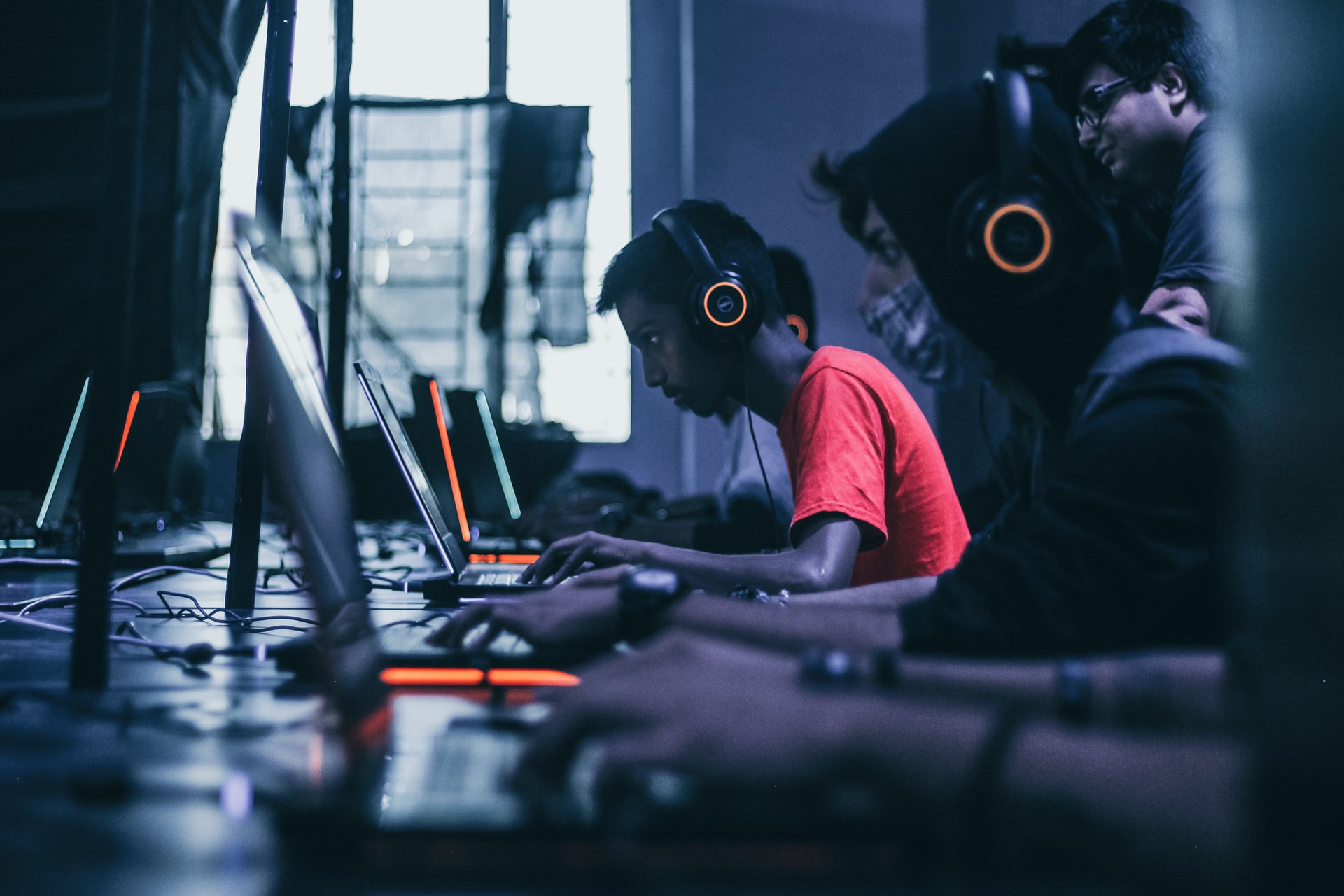Every week we simplify the market into key points so you can stay up to date on market trends, upcoming drops, top project guides and much more!
BY Jex Exmundo
August 29, 2022
Across all applications of NFTs, one thing has remained consistent: they’re a demonstration of the untold potential of blockchain technology. In the early days of crypto, most early adopters were drawn to the idea of blockchains due to their disruptive potential in the world of finance. But with NFTs, that disruption takes place across a wide variety of industries.
NFTs have gradually gained traction among internet-savvy users who have utilized this technology to launch careers in a host of creative industries — namely music and art. However, one sector that seems to be a match made in heaven for blockchain technology has seen its market resist the idea of incorporating blockchain elements into its products: gaming.
So what is a blockchain game?
Simply put, blockchain games — also commonly referred to as crypto games and NFT games — are video games that feature integration with blockchain technologies like cryptocurrency and NFTs.
Okay. But how does blockchain gaming work?
Typically, these integrations come from having in-game assets of players minted as NFTs, or usable as cryptocurrency. The earning potential that comes with that has led some to refer to blockchain-based games as play-to-earn (P2E) experiences.
The idea of hosting in-game assets on the blockchain started with CryptoKitties in 2017, which centered on the mechanic of being able to trade and collect bred virtual cats even outside of the crypto game’s client. Notably, one of this game’s earliest fans was Trung Nguyen, who later went on to create Axie Infinity — a current leader in the space — following months of obsessing over the virtual cat NFT game.
More ambitious projects like Decentraland and The Sandbox offer blockchain integrations beyond tokenizing in-game assets. These games give users tools to create their own assets, from wearable items down to full-on metaverse experiences.
What not to do when making a blockchain game
While today’s top NFT games commonly feature blatant P2E game mechanics, the long-term future of blockchain integration in the gaming industry may need to tone this messaging down significantly.
For example, although P2E games have garnered much support online, large segments of the greater gaming community remain skeptical (if not downright hateful) toward new developments taking place on the internet thanks to blockchain technology, otherwise known as Web3. If you find yourself unaware of all this vitriol, a cursory search of the term “NFT” on widely-read gaming publication Kotaku tells you all you need to know. So, where is all this hatred coming from?
Much of it comes down to what happens when blockchain game developers make games as cynically as possible. When Brazilian game developer Mark Venturelli gave an impassioned talk on how P2E games could threaten the integrity of the gaming industry at large, these types of games are what he had in mind.
So what are they? Are there developers trying to tokenize Big Rigs: Over the Road Racing? Or looking for a way to reward players with crypto every time the player character lets loose an F-bomb in Rogue Warrior? (Wait, that doesn’t sound like such a bad idea in hindsight…)
Far from it. At their worst, blockchain games — particularly P2E games — can essentially function as a second job for a large subset of its users. Grinding for in-game rewards and currency suddenly takes on a much more dystopian turn when performance in-game can determine whether or not there’s food on the table. With these kinds of potential stakes on how a game rewards you, then what Venturelli described as the escapist fantasy essential to a pleasurable gaming experience is perverted.
Blockchain game developers have started wising up to these concerns from angry gamers and traditional game developers alike. Upcoming titles from various blockchain game development studios are now being billed as play and earn experiences — markedly different from their P2E game forebears.
For example, after two decades in the video game industry, South Korean game developer Wemade recently set its sights on blockchain gaming with the release of Mir 4 — a full-fledged MMO experience with blockchain integration. As part of its plans to build a full platform for blockchain games, Wemade intends to use upcoming releases to upgrade the perception of P2E games.
“You won’t get rich playing games onboarding the Wemix platform. The reason why we stress play AND earn – not play TO earn – is the economic reward is just a small part of the whole experience,” said Wemade CEO Henry Chang in an interview with nft now. “The games we service are well-made games that are fun to play. The economic reward is not the sole reason why you should play the games on the Wemix platform. It’s there to make the game playing even more exciting,” he said.
Okay, if the right approach when building out a blockchain game is focusing on making a genuinely fun game instead of systems that bring out a user’s potential to earn in-game, then why don’t developers just do this to prove all the haters wrong?
The short answer is: because game development is really, really hard.
It’s so hard that instead of building its own game from the ground up, the NFT Worlds team relied on a team of experienced Minecraft modders to help build a would-be competitor to the Decentralands and Sandboxes of the world. As such, they hosted their whole ecosystem on Minecraft’s servers — which kind of goes against the spirit of utilizing blockchain technology in the first place.
With Minecraft’s ban on NFTs and any blockchain technologies on all of its servers, NFT Worlds now needs to finally do the work and make its own game. Here’s to hoping that, at the very least, the game will be fun.

